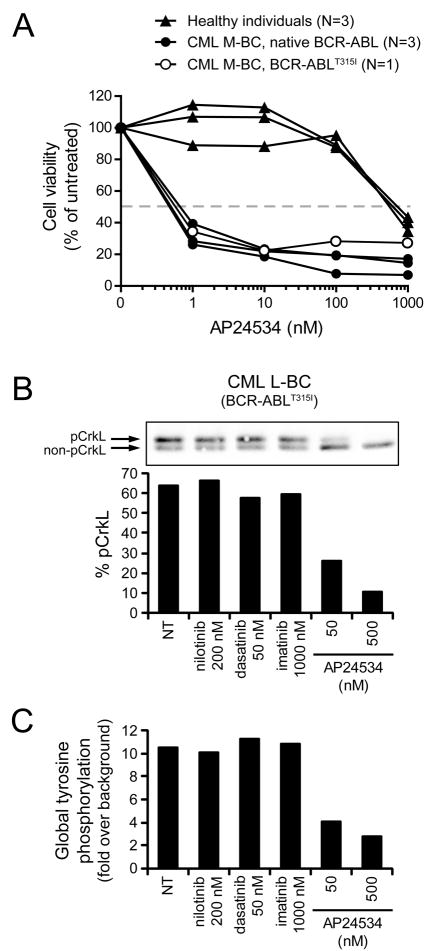Figure 4. Ex Vivo Treatment of CML Primary Cells with AP24534 Inhibits Cellular Proliferation and BCR-ABL-Mediated Signaling.
(A) Cellular proliferation assays for ex vivo AP24534-treated mononuclear cells from CML myeloid blast crisis (M-BC) patients harboring native BCR-ABL (N=3) or BCR-ABLT315I (N=1) and from healthy individuals (N=3). For reference, the dashed line indicates 50% cell viability relative to untreated cells.
(B) Immunoblot analysis of CrkL phosphorylation in mononuclear cells from a CML lymphoid blast crisis (L-BC) patient harboring BCR-ABLT315I following ex vivo exposure to AP24534, imatinib, nilotinib, or dasatinib. Cells were cultured overnight with inhibitors, harvested, lysed, and analyzed by CrkL immunoblot. Both the phosphorylated and non-phosphorylated forms are resolved by electrophoretic mobility, and bands are quantitated by densitometry and expressed as a % phosphorylated CrkL.
(C) FACS analysis of global tyrosine phosphorylation in mononuclear cells from the CML L-BC BCR-ABLT315I patient in panel (B). After overnight culture with inhibitors, cells were fixed and permeabilized, incubated with a FITC-labeled antibody for phosphorylated tyrosine, and analyzed by FACS. Values reported are as fold increase in mean fluorescence intensity relative to unstained controls. Abbreviations: NT, no treatment.

